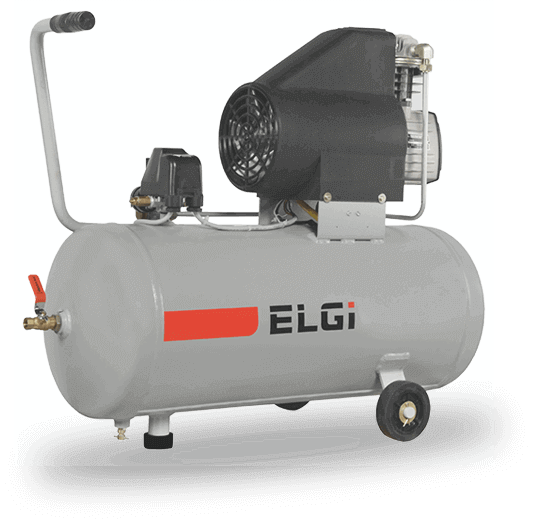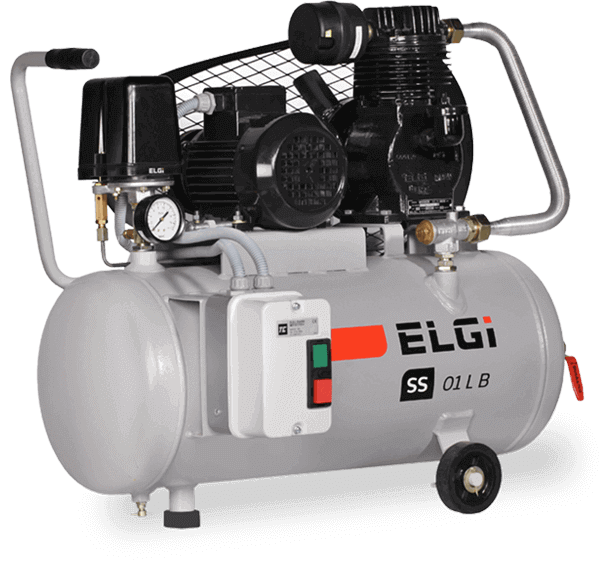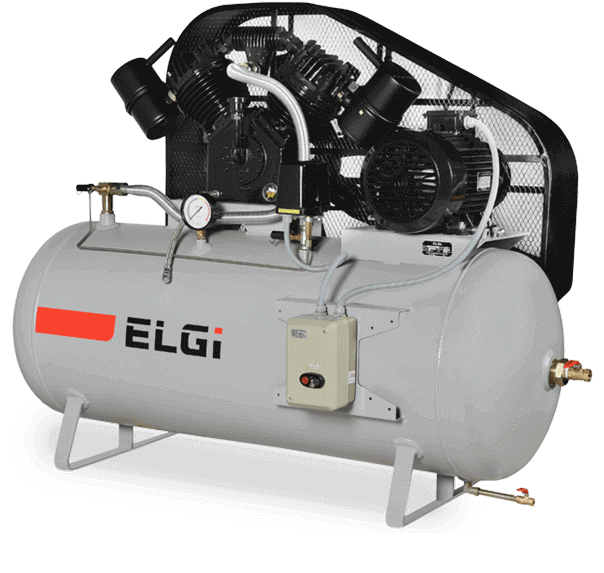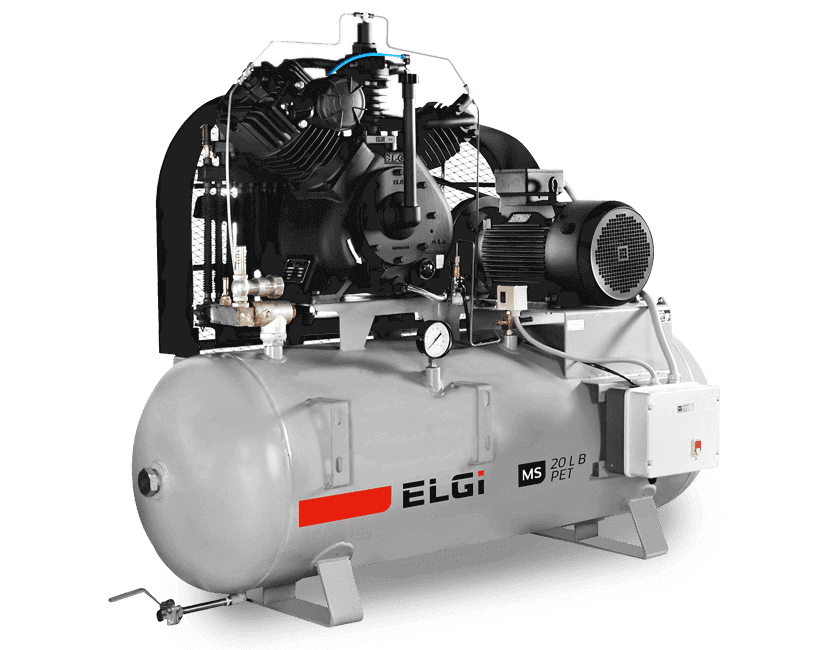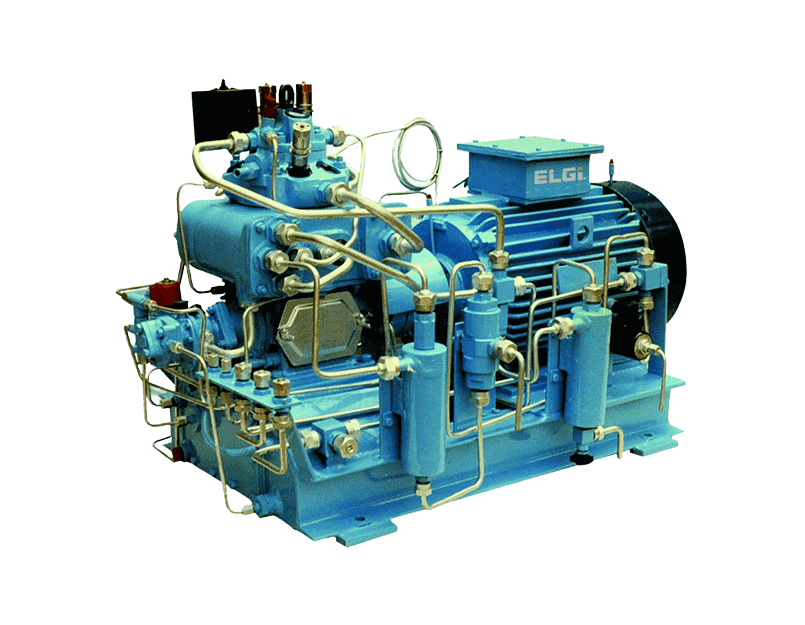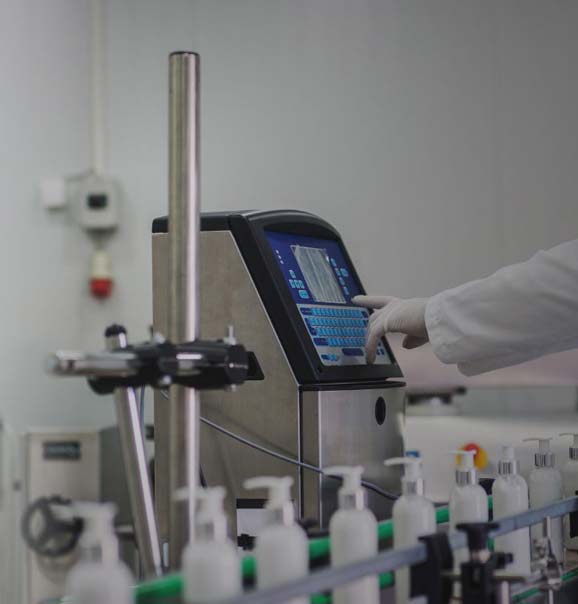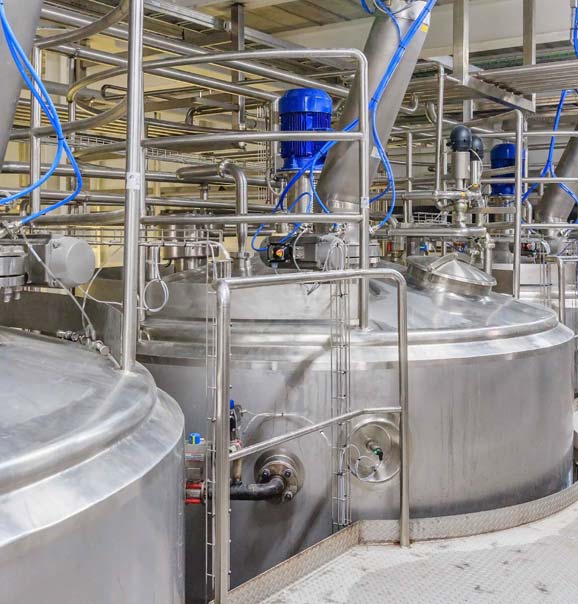ADVANTAGES OF RECIPROCATING AIR COMPRESSORS
Robust internal parts and lesser service points in ELGi piston air compressors ensure lower down time of the compressor.
Pistons air compressors from ELGi offer low life cycle costs with zero compromises on performance and quality.
ELGi’s revolutionary air compressors are used to power drilling and piling equipment, pneumatic tools, conveyor belts, moving material, and ventilation systems inside mines safely and efficiently. Our mining air compressors improve operational efficiency and provide a higher return on investment with lower ownership costs.
ELGi’s piston air compressors provide best-in-class flow for specified HP with high-efficiency IE2 Motors.
The compressor design confirms to ASME design code and OSHA Safety standards.
WHY CHOOSE ELGi RECIPROCATING AIR COMPRESSORS?
- Low initial cost of installation
- The ability to deliver both high-power and high-pressure air.
- The reciprocating compressor can compress gases and refrigerants of multiple molecular densities.
- Highly efficient and flexible.
- Resulting in relatively low maintenance costs and can provide continuous flow.
- Offer high durability.
- Low-priced & readily available spare parts.
RECIPROCATING AIR COMPRESSOR USES
Reciprocating air compressors are used for a wide range of pressures, from vacuum to 2000 bar g and more for various industrial applications. The primary use of reciprocating air compressors is generally to move air at increased pressure. Reciprocating air compressors are used in industries to process and deliver natural gas, plants producing chemicals, oil refining, and refrigerating technology. Other diversified applications of piston compressors are scuba diving, dental surgeries, laboratories, automotive workshops, and agriculture.
WORKING PRINCIPLE OF A RECIPROCATING OR PISTON AIR COMPRESSOR
Reciprocating air compressors are also known as Piston air compressors. They are positive-displacement compressors that use a crankshaft-driven piston and cylinder to compress the air. They rely on the reciprocating action of pistons to compress gas within cylinders and discharge it through a valve. The movement of the piston creates a vacuum that sucks in the atmospheric air and then pushes the air to compress it and deliver it through a valve into high-pressure receiving tanks. Subsequent volumes of air are confined within a closed space and elevated to a higher pressure. The reciprocating air compressor uses a piston as the compressing and displacing element within a cylinder.
The basic working principle of reciprocating or a piston air compressor is to use pistons driven by a crankshaft to move air at high pressure. The piston in the reciprocating air compressor moves back and forth in the cylinder through a rotating shaft, also known as a crankshaft, using a connecting rod that converts rotary motion to reciprocating action. The engine or an electrical motor provides the power to rotate the crankshaft. The cylinder is supplied with suction and discharge valves where a suction valve is the one that admits air into the cylinder, and a discharge valve lets out the compressed air. These valves must open and shut in a coordinated manner to generate compressed air.
From service plans, service networks to Genuine ELGi parts, explore our vast range of services and parts to find exactly what you need.
PLACE A REQUEST


